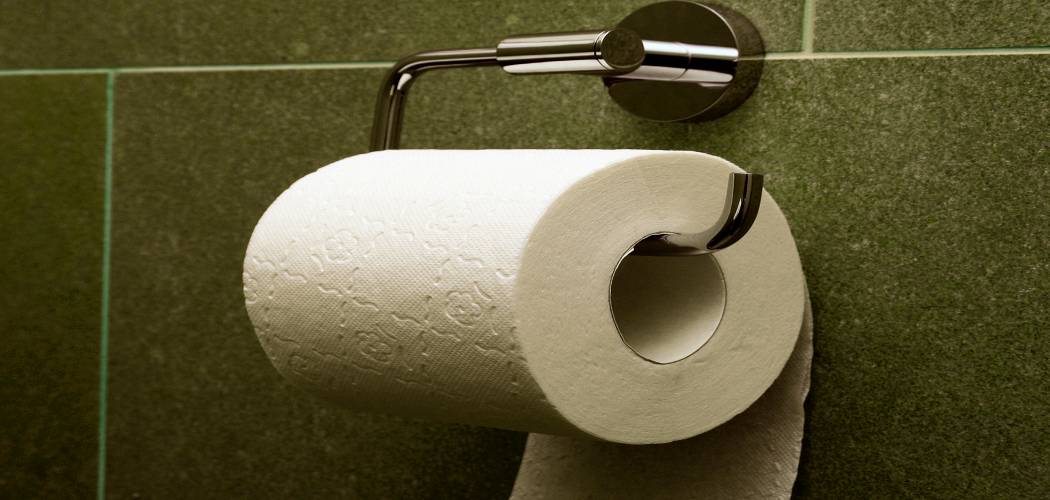Are you tired of constantly re-rolling toilet paper and dealing with overflowing rolls? Do you have a mischievous little one who loves unraveling all the TP?
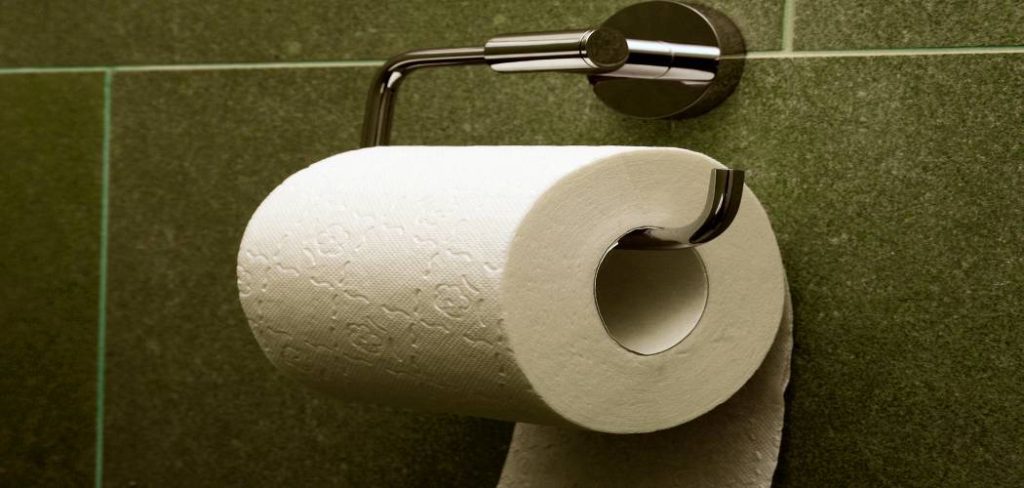
How to childproof a toilet paper holder may not be the first thing that comes to mind when baby-proofing your home, but it’s an essential step for parents with curious toddlers. Children often find bathroom fixtures fascinating, and this includes toilet paper holders. Without proper precautions, little hands can unravel the entire roll, create a mess, or even pull on the holder itself, posing potential safety risks.
By taking a few simple measures, you can secure your toilet paper holder and prevent unnecessary mishaps while keeping your child safe as they explore their environment.
What Are the Benefits of Childproofing a Toilet Paper Holder?
Childproofing your toilet paper holder may seem like a small task, but it can benefit you and your child significantly. Some of these include:
- Keeping the Bathroom Tidy: As parents know all too well, children love to play with and unravel anything they can get their hands on. By securing your toilet paper holder, you’ll prevent any potential messes caused by curious little ones. This means fewer re-rolls and less time spent cleaning up after them.
- Preventing Accidents: Unsecured toilet paper holders can quickly become a hazard for young children as they try to reach or pull on them. Not only can this lead to messy and wasteful situations, but it could also result in the holder falling and causing injury. Childproofing your toilet paper holder will minimize the risk of accidents and keep your child safe.
- Saving Money: We all know how quickly children go through toilet paper, especially when they have easy access to a whole roll. By securing your toilet paper holder, you’ll avoid unnecessary waste and save money on constantly having to restock.
What Will You Need?
Before getting started, it’s essential to gather all the necessary items for childproofing your toilet paper holder. Here’s a list of what you’ll need:
- Toilet Paper Holder Lock: Securing your toilet paper holder is the most crucial item. Various types are available, such as adhesive locks or ones that require drilling. Choose one that best suits your needs and budget.
- Screwdriver (if needed): Depending on the type of lock you choose, you may need a screwdriver to install it properly.
Once you have all these items, you’re ready to start childproofing your toilet paper holder.
9 Easy Steps on How to Childproof a Toilet Paper Holder
Step 1: Clear the Area
Before you begin the installation process, ensure that the area around your toilet paper holder is clean and free of any clutter. Remove the toilet paper roll from the holder to give you unobstructed access to the device. Use a damp cloth to wipe down the holder and the surrounding surface where the lock will be installed.
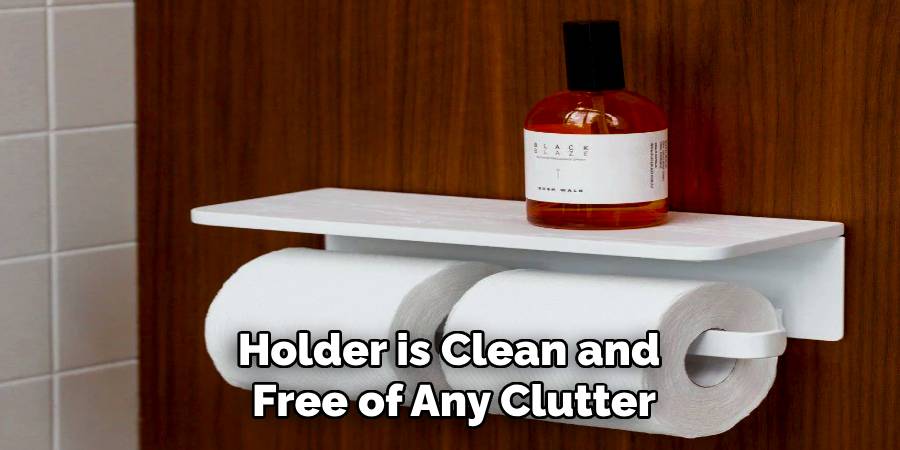
This step is essential because dirt or residue could interfere with the adhesion of certain types of locks or make it challenging to secure the lock in place properly. Allow the area to dry completely before moving on to the next step to ensure optimal results. Taking the time to prepare the area will make installation easier and more effective.
Step 2: Choose the Right Lock
Select a childproof lock that fits your toilet paper holder’s design and specific needs. Several types of locks are available, such as adhesive locks, straps, or clip-on covers. Consider factors like ease of installation, durability, and ease of use. If you’re uncertain which lock to choose, refer to the product packaging or online reviews for guidance. Ensure the lock you choose is designed to be strong enough to deter a curious child while still allowing convenient access for adults. Having the right lock will ensure both safety and usability.
Step 3: Install the Lock
Follow the instructions provided by the manufacturer to install the childproof lock on your toilet paper holder. Typically, adhesive locks require you to remove the protective backing and firmly press the lock against the designated surface for a set amount of time. At the same time, strap or clip-on covers may involve securely fastening the lock around the holder.
Be sure to position the lock in a way that effectively limits access to the toilet paper while maintaining convenient functionality for adults. After installation, double-check that the lock is securely attached and operating as intended to ensure maximum safety.
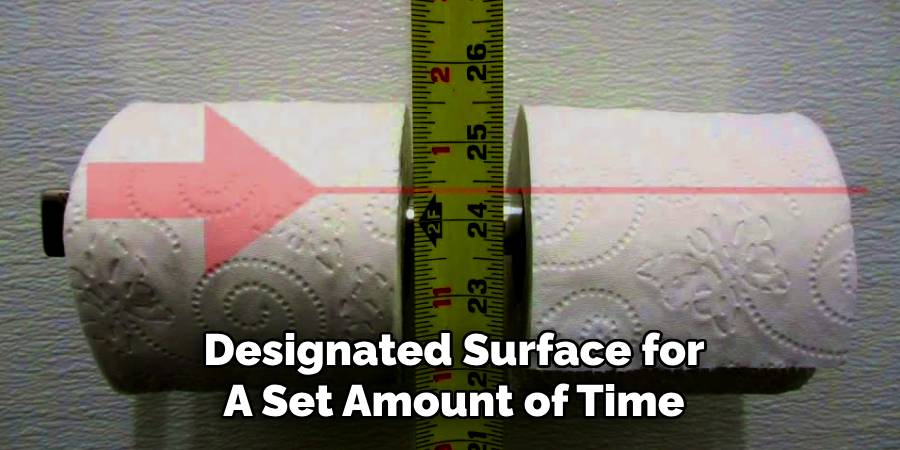
Step 4: Test the Lock
Test its functionality once the lock is installed to ensure it performs as expected. Attempt to open or access the toilet paper holder as an adult would, verifying that it allows for easy use while firmly preventing tampering by a child.
Observe the stability of the lock and check for any looseness or potential weak points. If the lock doesn’t meet your expectations, refer to the instructions or adjust the placement as needed. Regular testing is recommended to ensure the lock remains effective over time.
Step 5: Regular Maintenance
To ensure continued effectiveness, periodically inspect the lock for wear and tear. Over time, components may loosen or degrade due to frequent use or environmental factors. Tighten any loose parts and replace damaged components promptly. Regular maintenance helps to ensure the lock functions correctly and maintains the safety measures intended to prevent access by children.
Step 6: Educate Family Members
Educating all household members about the proper use and purpose of the childproof toilet paper holder is crucial in maintaining its effectiveness. Explain to adults and older children the importance of securing the lock after each use and ensuring it is properly engaged. This helps to prevent accidental access by younger children and reinforces the safety measures in place.
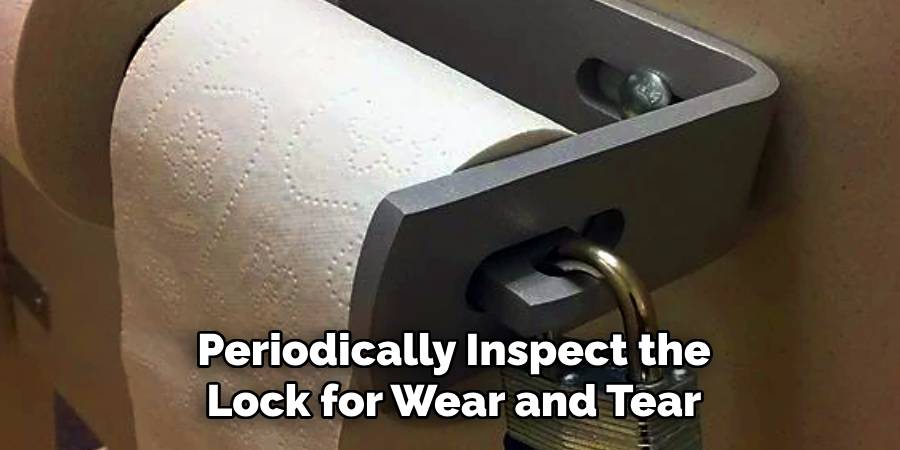
Additionally, emphasize the significance of maintaining the lock and reporting any issues, such as loose components or damage, so that they can be addressed promptly. For younger children, explain simply why the lock is there, emphasizing safety without encouraging tampering or excessive curiosity. Clear communication and shared responsibility among family members ensure the device continues functioning as intended and upholds its protective purpose.
Step 7: Regularly Inspect
To ensure the childproof toilet paper holder remains effective, it is essential to conduct regular inspections and maintenance. Check for any signs of wear and tear, such as cracks, loose screws, or malfunctioning locking mechanisms. If any issues are identified, address them immediately by repairing or replacing the necessary components. Keeping the device in optimal condition not only preserves its functionality but also ensures it continues to provide the intended level of safety for young children. Regular maintenance guarantees long-term reliability and peace of mind for all household members.
Step 8: Upgrade When Necessary
Over time, you may find that the childproof toilet paper holder no longer meets your household’s needs due to changes in your child’s age or new safety requirements. Periodically evaluate the device’s suitability in light of your family’s evolving circumstances. Consider upgrading to a more advanced model or exploring alternative safety measures if the current solution becomes outdated or ineffective. Staying proactive in assessing and updating safety equipment ensures your home remains a secure environment for children as they grow.
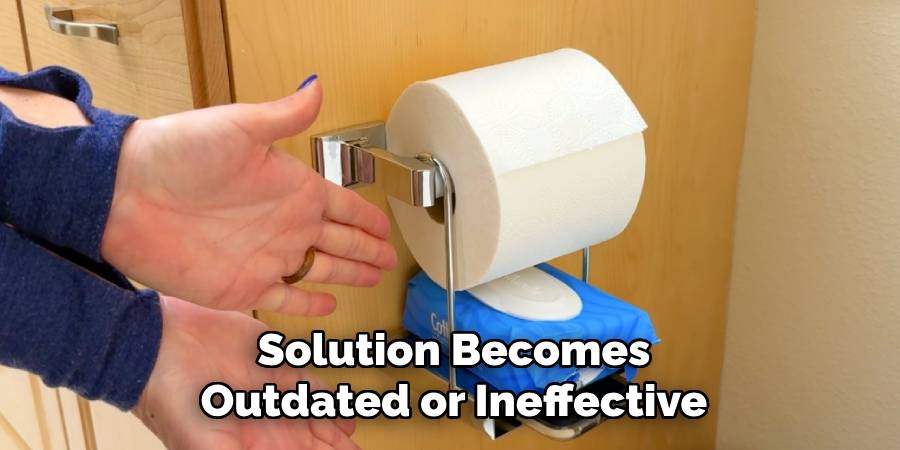
Step 9: Ensure Proper Disposal
When it’s time to dispose of the childproof toilet paper holder, it is crucial to do so safely and responsibly. Depending on the type of lock, you may need to remove or separate any adhesive components or batteries before discarding them. Consult the product packaging or manufacturer’s instructions for disposal guidelines specific to your device. If possible, consider recycling any reusable parts or materials rather than adding them to a landfill. Proper disposal contributes to maintaining a safe and sustainable living environment for future generations.
By following these steps, you can effectively and responsibly childproof your toilet paper holder to prevent accidents and ensure the safety of young children in your home.
5 Things You Should Avoid
- Using Weak Adhesives: Avoid using weak or low-quality adhesives to secure the toilet paper holder. These may not hold up under pressure and can be easily pulled apart by a curious child.
- Choosing Complicated Designs: Stay away from overly complex childproofing mechanisms. If the design is too intricate, it may make the holder inconvenient for adults to use.
- Ignoring Loose Fittings: Do not ignore loose screws or attachments on the toilet paper holder. These can pose a choking hazard if parts come off and fall into a child’s reach.
- Neglecting the Material’s Durability: Avoid using childproofing products made from fragile or easily breakable materials. Ensure that all materials used are sturdy and can endure regular use.
- Overlooking Accessibility for Adults: Make sure not to block access to the holder completely. A balance is key; childproofing should protect the child without making it cumbersome for adults to replace or use toilet paper.
Conclusion
How to childproof a toilet paper holder requires careful consideration of both functionality and safety.
By choosing secure yet practical designs, using durable materials, properly securing fittings, and avoiding overly complex mechanisms, parents can create a safe environment without compromising ease of use for adults. Striking the right balance ensures that the toilet paper holder serves its purpose effectively while keeping curious little hands away from potential hazards.
A thoughtful approach to childproofing not only enhances safety but also provides peace of mind for caregivers.

